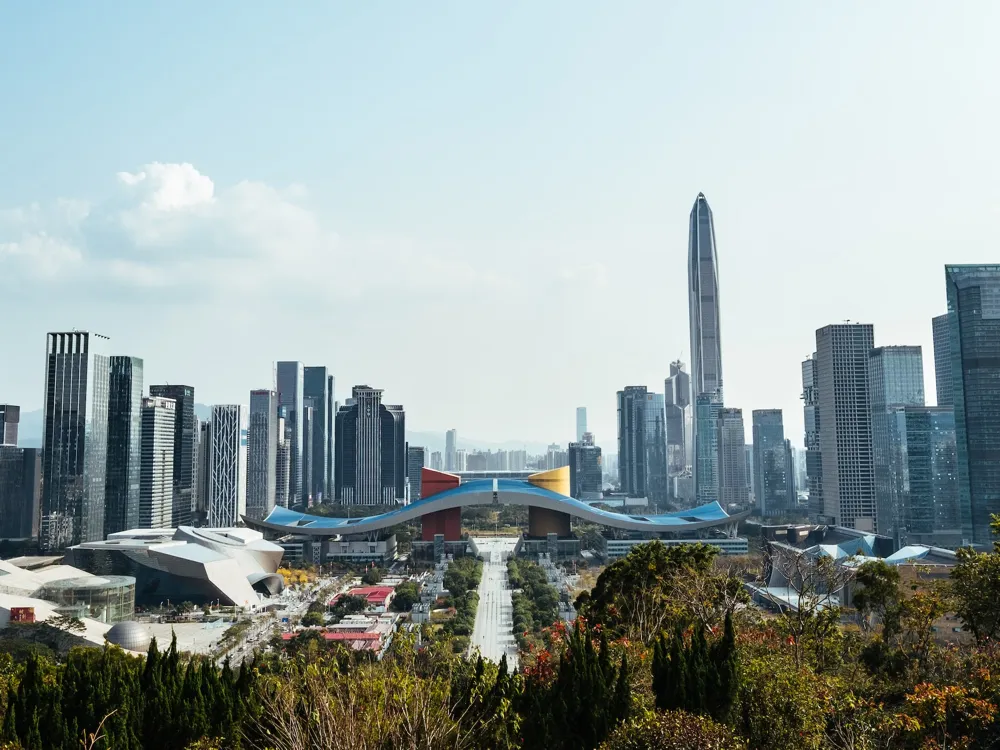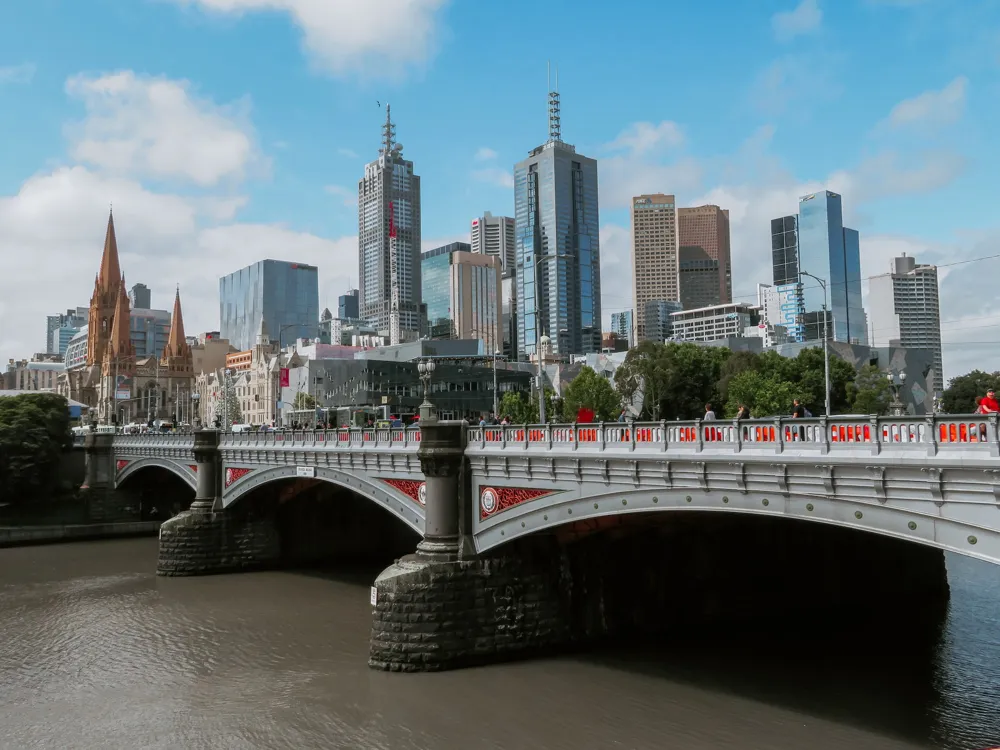Nestled in the bustling heart of Hong Kong, Apliu Street is a vibrant and dynamic hub that offers a unique blend of culture, history, and commerce. This iconic street, located in the Sham Shui Po district, is renowned for its lively atmosphere and an array of shops and stalls selling a wide variety of goods. From electronic components, vintage items, and audio equipment to textiles and local crafts, Apliu Street presents a treasure trove for both locals and tourists alike. Apliu Street's origins date back to the early 20th century, reflecting Hong Kong's rapid urban development. Initially a residential area, it gradually transformed into a bustling marketplace. The street's name, 'Apliu,' is derived from a village that once stood nearby, signifying its deep-rooted connection to local history. Today, Apliu Street is not just a shopping destination but a cultural landmark, offering a glimpse into the daily life of Hong Kong and its ever-evolving identity. As you wander through Apliu Street, you are immediately enveloped in a sensory experience. The sounds of lively bargaining, the sight of eclectic goods displayed in every nook and cranny, and the smell of local street food create an atmosphere that is quintessentially Hong Kong. It's a place where the past and present coexist, offering an authentic experience of the city's vibrant character. One of the most fascinating aspects of Apliu Street is its role as a barometer of technological trends. Electronic enthusiasts and gadget lovers flock here to find everything from rare components to the latest gadgets. It's a testament to Hong Kong's status as a global technology hub. Additionally, Apliu Street is a haven for collectors and vintage aficionados, with its array of antique electronics, vinyl records, and unique collectibles. Beyond shopping, Apliu Street is a window into the local community's life. The street is lined with small eateries and cafes, offering delicious local cuisine that is both affordable and authentic. It's a place where you can enjoy traditional dim sum, sip on Hong Kong-style milk tea, or try some of the local street snacks. The food here is as much a part of the Apliu Street experience as the shopping. The architecture of Apliu Street is a reflection of Hong Kong's diverse cultural and historical influences. The street is characterized by a mix of old and new buildings, showcasing a variety of architectural styles. Traditional tong laus (tenement buildings), with their narrow frontages and mixed-use design, sit alongside modern retail complexes, illustrating the city's rapid urban development and its blend of Eastern and Western influences. The tong laus of Apliu Street are particularly noteworthy. Dating back to the early to mid-20th century, these buildings were originally residential but have since been repurposed for commercial use. They typically feature a ground-floor shop with living quarters above, a design that accommodates both business and family life. The facades of these tong laus often display intricate designs and motifs, reflecting the fusion of Chinese and European architectural elements. Balconies, timber shutters, and ornate iron railings are common features, adding to the street's unique aesthetic. In contrast to the historical Tong Laus, the newer structures on Apliu Street demonstrate the modern architectural trends of Hong Kong. Sleek, contemporary designs with glass and steel elements can be seen, symbolizing the city's status as a global financial and business hub. These buildings often house larger retail outlets and electronics stores, showcasing the latest technological advancements. The interplay between the old and new architecture on Apliu Street creates a dynamic and visually engaging landscape. It reflects the constant evolution of Hong Kong, a city that respects its past while embracing the future. This architectural diversity not only adds to the street's charm but also tells a story of the city's cultural and economic transformation. Beyond the buildings themselves, the layout of Apliu Street is also significant. The street is narrow and often crowded, creating a bustling, lively atmosphere. This layout fosters a sense of community and interaction, with shopkeepers, locals, and tourists mingling in a shared space. The street's architecture and design play a crucial role in facilitating this vibrant street life, making Apliu Street a unique and memorable destination. Apliu Street is often crowded, especially on weekends. Be prepared for a bustling atmosphere and navigate the crowds with patience. Bargaining is a common practice in Apliu Street. Don't be afraid to negotiate prices, but do so respectfully and with a smile. Apliu Street is surrounded by smaller lanes and alleys. Exploring these can lead to discovering hidden gems and less crowded shops. Don't miss out on the local street food and eateries. They offer a taste of authentic Hong Kong cuisine at affordable prices. When buying electronics, ensure they are compatible with your home country's systems and check for warranties. Be mindful of local customs and etiquette. Politeness and courtesy are highly valued in Hong Kong. Reaching Apliu Street is convenient, thanks to Hong Kong's efficient public transport system. The nearest MTR (Mass Transit Railway) station is Sham Shui Po, located on the Tsuen Wan Line. From the station, it's just a short walk to Apliu Street. Alternatively, numerous bus routes serve the area, making it accessible from various parts of the city. For those preferring a more scenic route, the traditional Hong Kong trams offer a charming way to reach the vicinity. Taxis and ride-hailing services are also readily available for a more direct and comfortable journey. Read More:Overview of Apliu Street, Hong Kong
Architecture of Apliu Street
Tips When Visiting Apliu Street
Be Prepared for Crowds
Bargain Wisely
Explore Side Streets
Try Local Food
Electronic Gadgets Caution
Respect Local Customs
How To Reach Apliu Street
Apliu Street
Hong Kong
NaN onwards
View hong-kong Packages
Hong-kong Travel Packages
View All Packages For Hong-kong
Top Hotel Collections for Hong-kong

Private Pool

Luxury Hotels

5-Star Hotels

Pet Friendly
Top Hotels Near Hong-kong
Other Top Ranking Places In Hong-kong
View All Places To Visit In hong-kong
View hong-kong Packages
Hong-kong Travel Packages
View All Packages For Hong-kong
Top Hotel Collections for Hong-kong

Private Pool

Luxury Hotels

5-Star Hotels

Pet Friendly




















